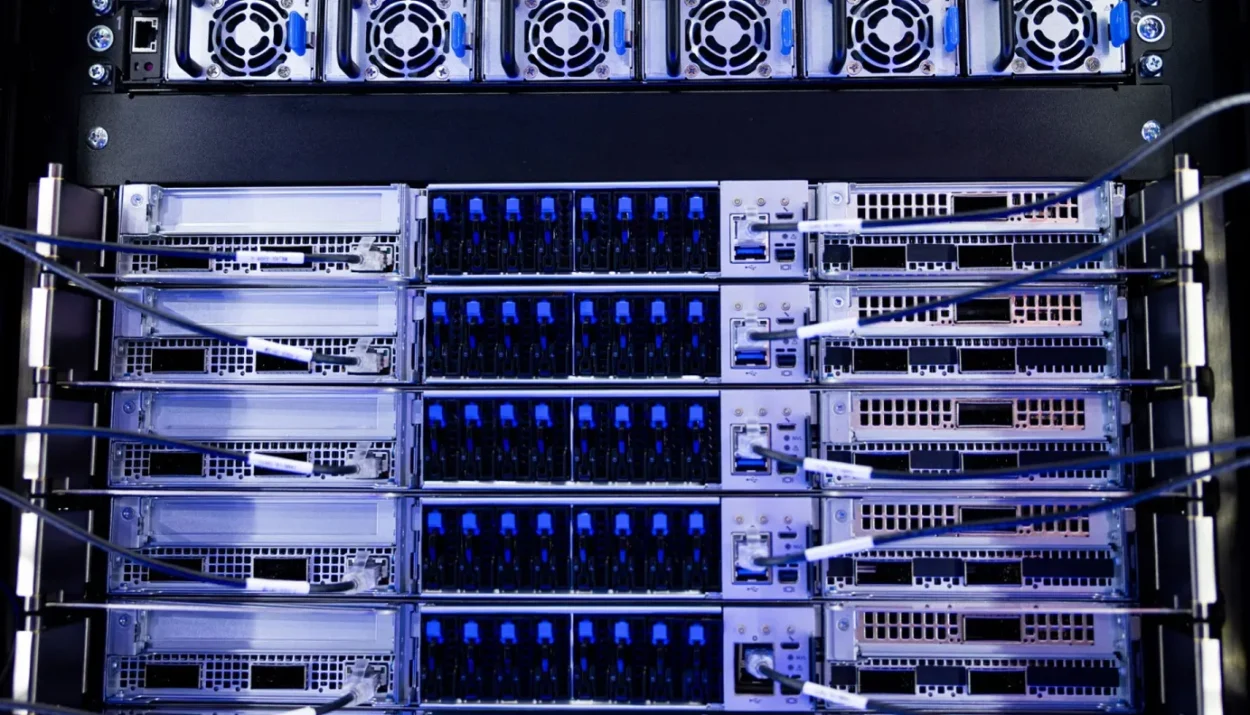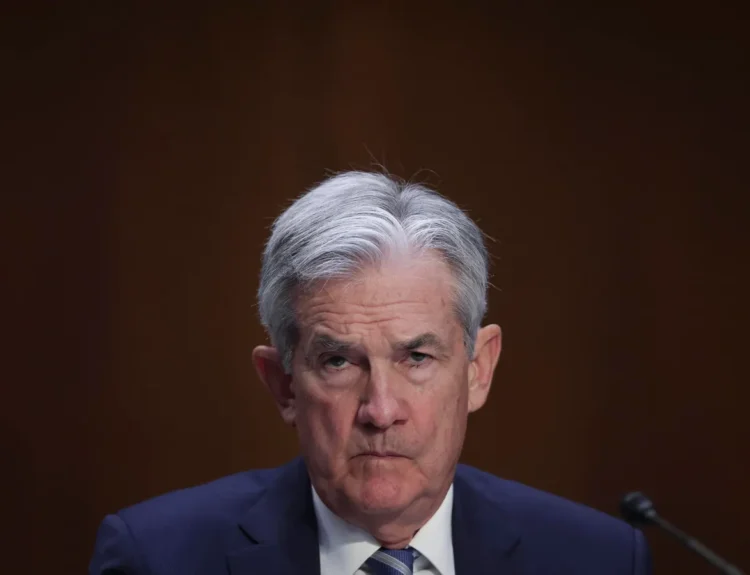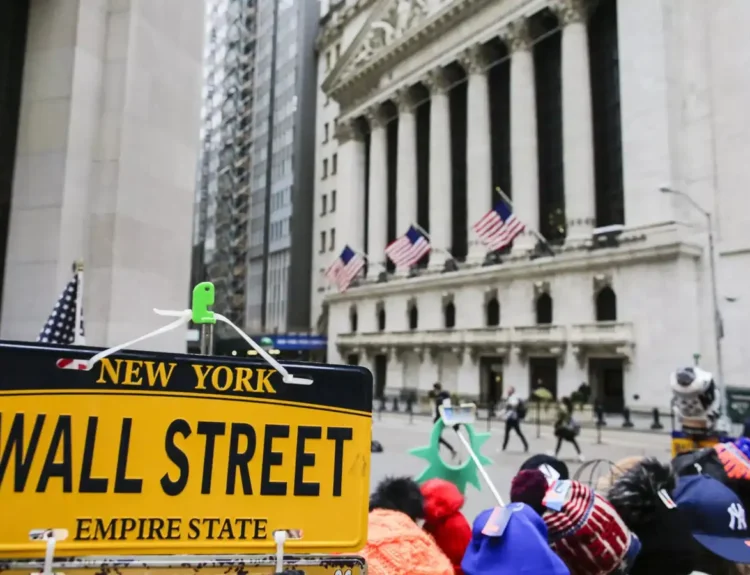OpenAI has now locked in nearly $1 trillion worth of computing and chip deals this year — but analysts warn it may not have the cash to fund its grand AI infrastructure plans.
$1 Trillion in AI Commitments, 20 Gigawatts of Compute
totallingAccording to Financial Times estimates, OpenAI has inked massive agreements totaling more than $1 trillion with four key partners — Nvidia ($500B), AMD ($300B), Oracle ($300B), and CoreWeave ($22B+) — covering over 20 gigawatts of AI compute capacity over the next decade.
For context, that’s roughly equivalent to the power output of 20 nuclear reactors, with each gigawatt-scale AI buildout costing around $50 billion to operate and equip.
The scale of these commitments underscores OpenAI’s outsized ambitions to dominate the next era of artificial intelligence — but it also raises one urgent question: where is all this money coming from?
“OpenAI Is in No Position to Make These Commitments”
DA Davidson analyst Gil Luria told the Financial Times that “OpenAI is in no position to make any of these commitments,” estimating the company could lose about $10 billion this year alone.
“Part of Silicon Valley’s ‘fake it until you make it’ ethos is to get people to have skin in the game,” Luria said. “Now a lot of big companies have a lot of skin in the game on OpenAI.”
Despite its valuation north of $150 billion, OpenAI is reportedly burning through cash on infrastructure, chips, and top engineering talent — without the capital base to sustain trillion-dollar hardware deals.
Circular Deals and Complex Financing
The FT report notes that OpenAI’s agreements with chipmakers and cloud providers often involve circular financing — where suppliers and partners receive equity, revenue-sharing arrangements, or partial repayment through future AI services.
Both Nvidia and AMD’s contracts reportedly include incentive clauses designed to help OpenAI finance the chips it buys, suggesting these deals are far from straightforward cash transactions.
Oracle’s contribution — roughly $300 billion for cloud infrastructure — is tied to its Stargate partnership with SoftBank and other backers, pledging up to $500 billion in US-based AI infrastructure. CoreWeave, meanwhile, disclosed over $22 billion in existing compute contracts.
Burning Cash to Stay Ahead
Even with these strategic alliances, analysts question OpenAI’s ability to manage its explosive capital requirements.
The company is spending heavily to scale ChatGPT, train new multimodal models, and build data centers capable of handling the next generation of AI workloads.
“OpenAI is burning through cash on infrastructure, chips, and talent, with nowhere near the capital required to fund these grand plans,” one source told FT.
While investors see OpenAI as the heart of the AI revolution, its aggressive expansion strategy — and dependence on multi-trillion-dollar partners — has reignited concerns that the AI bubble may be stretching its financial limits.
OpenAI’s trillion-dollar web of chip and cloud deals cements its dominance in AI infrastructure — at least on paper. But with billions flowing out the door and few clear funding sources, even its biggest backers are asking the same question:
Can OpenAI afford to build the future it’s promising?
Disclosure: This article does not represent investment advice. The content and materials featured on this page are for educational purposes only.
Related: OpenAI to take 10% stake in AMD through AI chip deal










